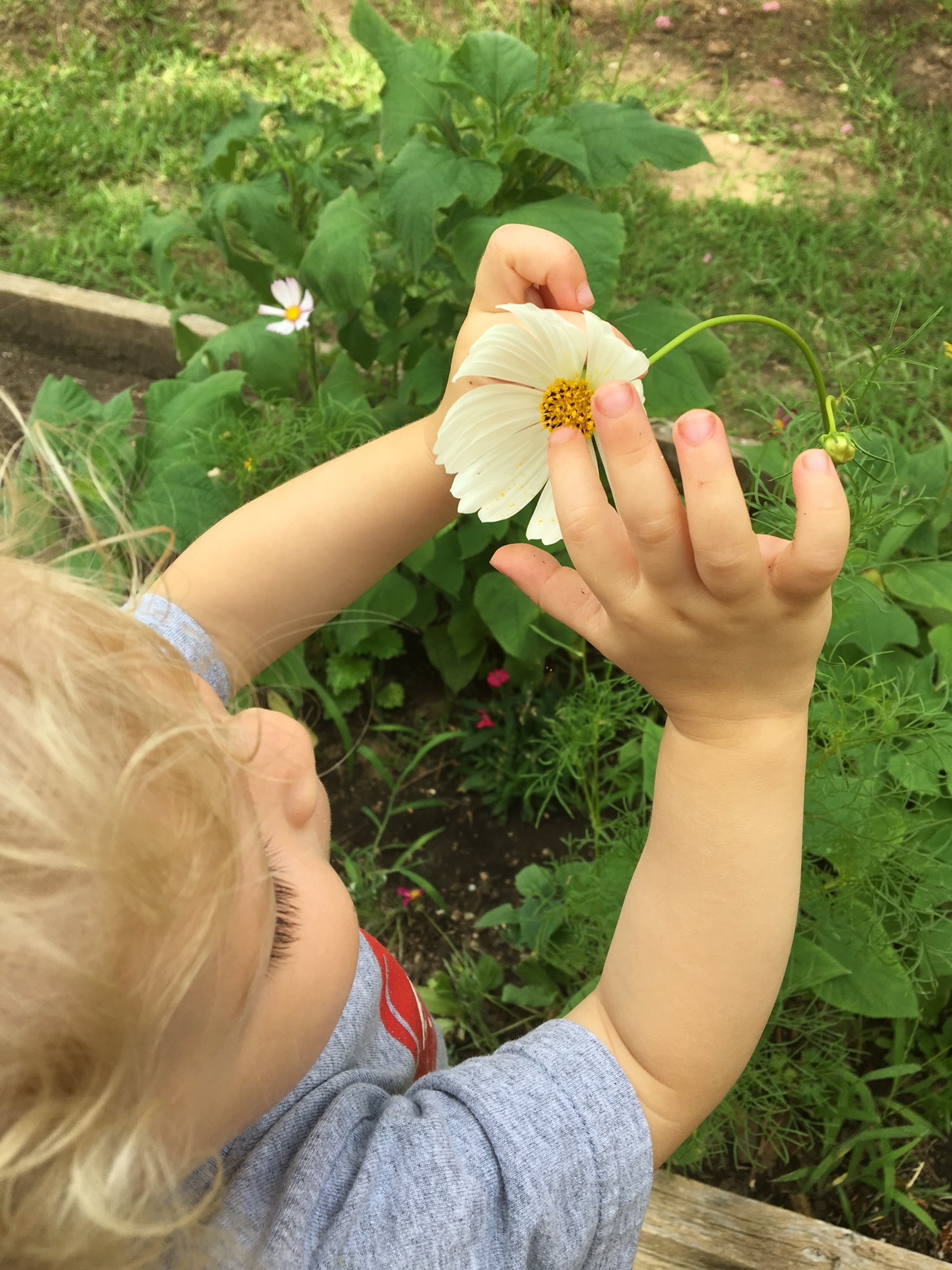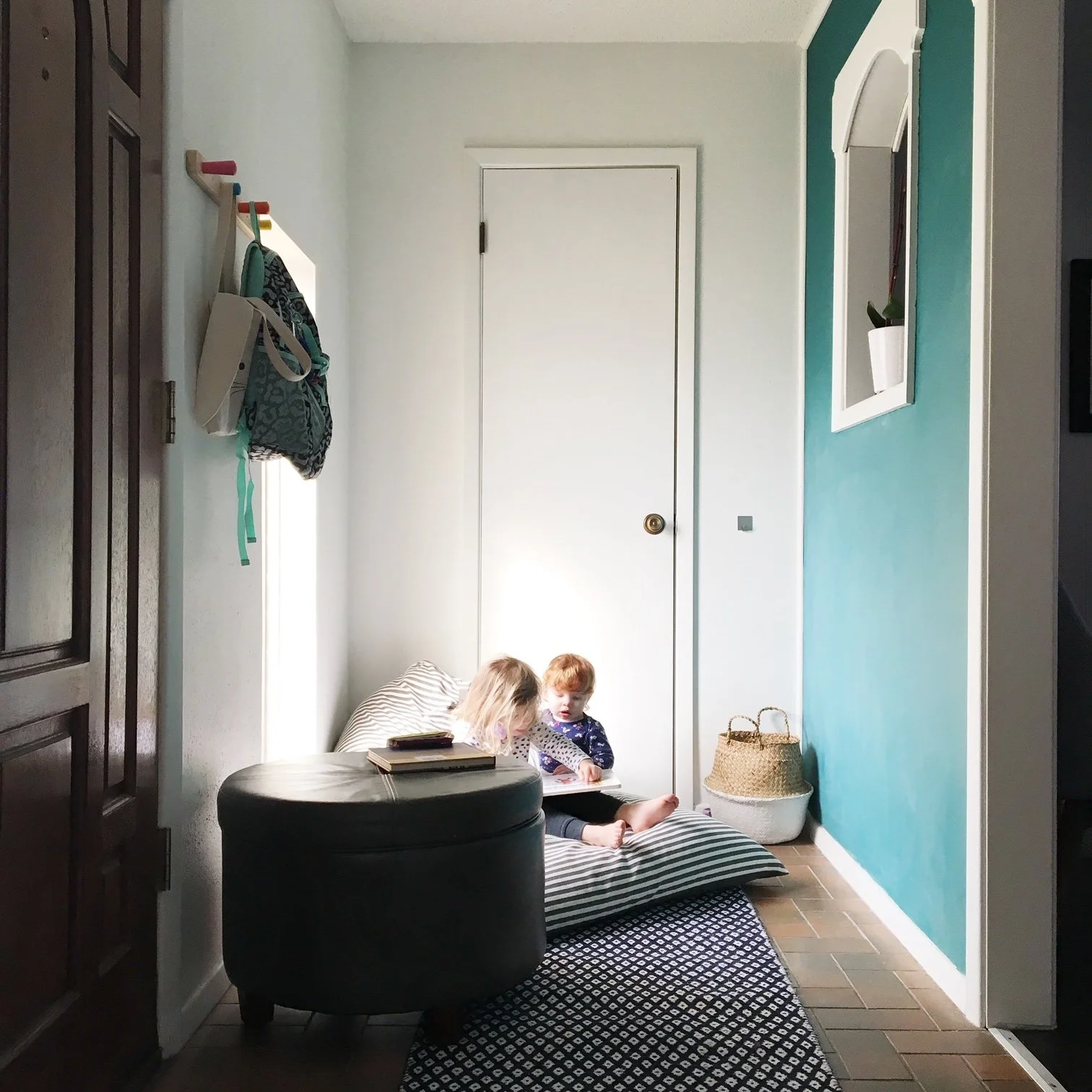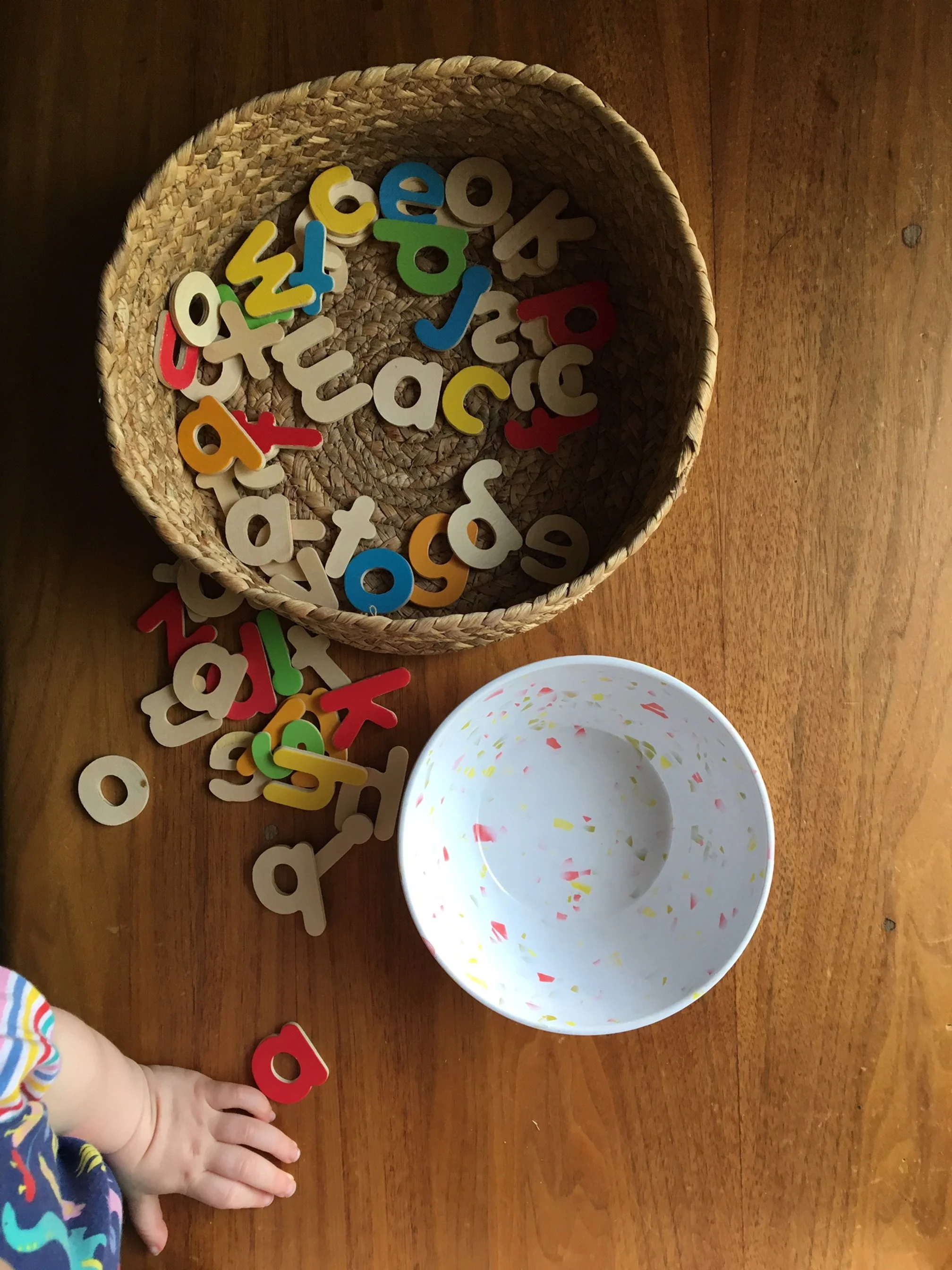How Architecture School Prepared Me For Motherhood
I had no clue when I was in architecture school (decades ago) how much of my day to day would translate directly into my life as a mother. Did it prepare me for everything? Of course not. Nothing can prepare you for motherhood, and I mean this in the best possible way. I could never have fathomed the ride I was about to take and the joys I would experience having children. I hope you’ll join me (regardless of your seasons of life right now) and delight in this group of life lessons that originally surfaced in architecture school, and has since resurfaced in my first 8 years of my motherhood journey. And if you’re not in the throws of motherhood, not to worry. Many of these ideas will be fitting for your life as well, regardless of your current life season/focus, so stick with us!
Me in literal reflection at Frank Gehry’s Walt Disney Concert Hall in LA. Here I was at the end of my 1st trimester with my second child + it was the first time I had ever traveled alone away from my toddler.
Your sleep will be compromised (at least for a bit).
Architecture School Perspective: During architecture school, pulling all-nighters happened frequently towards the end of big studio projects/deadlines. The sleep was poor, you felt like a zombie, and somehow things were getting done, even though it was hard to remember a lot of it. Note: I’m not recommending that you do this, in fact I got much wiser in graduate school and barely had any all-nighters and the results were much better both in my health and in my project quality! Your design studio projects feel a lot like a growing baby that you’re nurturing and paying continuous, acute attention to. Ironically at the terminus of the project, while you feel like you’ve birthed something profound, you simultaneously then must send it (your design project) out into the world for judgment and scrutiny. This now hits home.
Motherhood Perspective: The needs are high. The feedings and care demands of a baby are HIGH, resulting is less and choppy sleep. Duty calls. You have to step up and get the job done, whether you have help around or not. The jacked up sleep demands while caring for babies and young children last far longer than any project deadline in school. And I got to stop caring for that “baby” AKA “studio project” after my design presentation. I got to walk away from it. Not so much in motherhood. Which leads my to our next topic of needing breaks…
You need to take breaks often.
Architecture School Perspective: If I could tell the former architecture student version of myself one thing, it would be to take more breaks. Your brain and your body need breaks to reset. Your creativity/cognitive function greatly improves after you step away from what you’re focusing on, look at new things/surroundings and then return back. You think you don’t have the time and that your project is going to suffer if you walk away for any amount of time. So many problems and design issues were often resolved after I’d step away, take a break and come back later when my brain had a break.
Motherhood Perspective: This is 100% true as well in motherhood, even though it feels hard to take breaks for so many reasons, unnecessary guilt being one of them. You feel guilty because you think you’re needed all the time (which is often true) but even in these extremely needy phases with children, you cannot ignore your need for taking a break from care-giving. Sometimes taking a break is not by formally leaving the house, but by stepping outside, doing something completely different than caring for others, like water coloring or making yourself a fancy coffee. These all count. Asking for help from others counts. Sitting in silence/quiet for 5 minutes counts. These all help you reset. They are needed. They are essential. You have to intentionally take them or your body will force a break on you by way of sickness or mental health struggles.
Delight in as many details as possible.
Architecture School Perspective: The details that create “good” environments in architecture, interiors and in all design are layered and vast. The details add up to make the entire design and ignoring some results in “holes” in the project. Glaring areas that were missed opportunities where it looked like you forgot it was even there. Every studio professor will find those “holes” by the way. And odds are you already knew they were there. The details of how a user interacts with a space are critical and define the quality of user experience on a small and large scale. The details are everything.
Motherhood Perspective: Your world shrinks down rapidly to LOTS of details as a mother. It becomes ever so apparent in moments when your baby picks up the one hair ball you missed sweeping and you have to finger swipe it out of their mouth so they don’t choke. It is clear just how much the details matter. One thing I learned when my kids were very young (and even now) is how little I noticed before they were around. Our adult brain likes to gloss over the details of the day. And all those details, if we choose to engage with them and delight in them make for a pretty great day and existence. Ignore the details and the day becomes quite dull, colorless and bland. But please note: you will NOT be able to delight in ALL the details. Some are not pleasant at all and still need your attention. They are not in fact enjoyable, at all, and that’s OK.
Connect before you critique.
Architecture School Perspective: I was always so grateful for the studio professors that took the time to understand where I was at with my project, to meet me right where I was in the design process and offer support. To learn the direction I was trying to go, where my hang ups were, what decisions I was trying to make, and how I was planning to “tell the story” of my design concept. If they ignored this step, it was difficult for them to offer genuine mentorship for my project goals. Ignore the design student’s design goals and you ignore their process and offer advice that makes it your own, not theirs.
Motherhood Perspective: Meeting my children exactly where they’re at on a daily basis has completely changed my perspective on parenting. Telling myself “their story” and “where are they right this moment” helps better direct me on how I can offer support or stay on the sidelines until I’m needed. If I assert myself too much, their story becomes mine. Their learning journey becomes skewed. Their developmental timeline becomes someone else’s, not their own. I’ve learned to give breathing room while remaining close, even though it’s not always easy to do so.
Always question: does it need to be here or not?
Architecture School Perspective: I had a professor in graduate school that requested that we ask this question, “does it need to be here or not” throughout every design project. It became one of the most impactful things anyone ever said to me in design school (and down the road as it relates to my entire life). He would asks us to look closely at all the elements of our project, whether it was a building, an interior, a product, then go through each part and cover one element up. Then ask yourself, is it better or worse? Is the design lacking if it isn’t there? Is it better if it’s not there? I have used this assessment tool in all my designs since then and still do in my business, in graphic design projects and in designing spaces in my own home. And guess what, IT WORKS!
Motherhood Perspective: In motherhood, many times, there’s too much and everything seems important. A lot of needs are happening at one time. The list of “must-dos” seems long and endless. I have found over the years that when I actually sit down to assess this list, many things are truly not needed. They can wait or can be removed completely. They don’t need to happen right now. I’ve also applied this idea to the spaces in my own home, particularly with my children. Rooms that have felt stressful and overwhelming had too much in them. They needed to be intentionally decluttered. Things had to assessed and some items slowly removed to make way more living. It’s been a reminder that the greatest gift I can give my kids is space to move, explore and create in. Not by adding in more things, just open space. In times of overwhelm, I ask myself “does it need to be here?” Or “is this essential for the livelihood of myself, my family or my children?” Many times the answer is “no.” Sometimes it is “yes.” But learning to not only edit our physical space and how we use our time is life giving and life saving.
You’ll learn more simply by doing.
Architecture School Perspective: One thing I learned early on was that ZERO of my projects got better or more evolved if I just stared at them. I had to get over the uncomfortable phase of not having any or all of the answers upfront and just start somewhere. I had to move past the fear of doing things wrong, otherwise I would simply stay stuck. As I dug into each project and spent more time with it, the more “answers” seemed to emerged out of thin air. Decisions became easier to navigate and the design vision began to take over, making decisions for me it often seemed. The design concept became so clear that it was easy to say no to lots of exciting ideas that looked sparkly and enticing. It became easy to say no to things that would not serve the design well and would take away from the end goals.
Motherhood Perspective: For many of us, you are sent home with your baby after mere days and the learning curve is a STEEP dive into the unknown. I remember realizing that I hadn’t changed a diaper until I had my own child, even though I had done lots of aunt duties in the years past. I watched my husband jump in and change what seemed like all of the diapers in the hospital while I was in a postpartum fog. He learned by doing. He had no prior experience. Over the next few days when I was home with a newborn, I had no choice but to learn by doing. The learning and the wisdom came from the doing. Not from being fearful of doing things wrong or imperfectly. What was most important at any given moment became clearer and clearer. Things that weren’t essential to this time did not make the cut or were revisited later. This idea is still true everyday with my family. I am learning everyday by doing life WITH them. I often tell my kids that I am learning how to do LOTS of things right along side them. We’ll figure it out together by “doing”.
Now’s your turn. Which one of these ideas resonates with you most in your current season of life? Please tell us below!
More resources for your life + home:
Free Declutter Guide, Donate Your Decluttered Items For Good Links, Learn the basics of Decluttering, Schedule Decluttering Support





